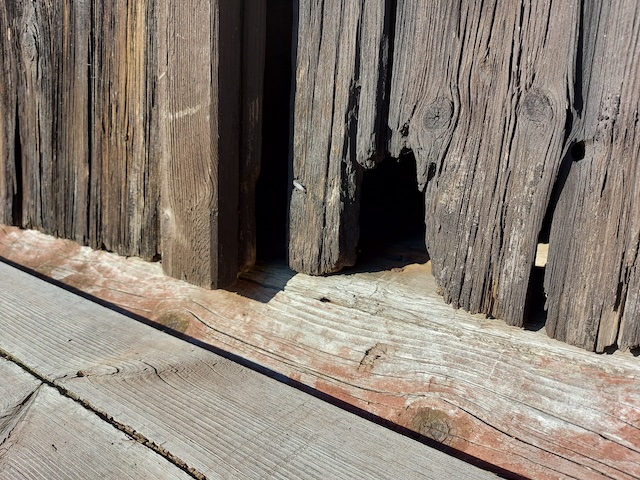Mice can find a safe place to live in your garage, which is usually a safe place for cars and other important things. These tiny pests are not only a bother, but they can also damage wires and insulation and even put your health at risk. Not only does mouse-proofing your garage keep pests out, it also keeps your stuff safe. Here is a complete guide on how to keep mice away and keep important things safe.
1. Seal Entry Points: Mice are very good at finding very small holes. Very carefully check your garage for gaps around doors and windows and any cracks in the walls. Weather-stripping, door sweeps, and caulk can be used to seal these entry places.
2. Check Garage Doors: Look for holes at the bottom of your garage doors. Mice are very good at getting through very small openings. You could put up a rubber seal or border to make a barrier that stops them from getting in.
3. Make sure vents and chimneys are secure. If you don’t cover vents and chimneys, mice could get in. Covers or mesh screens can be used to stop these holes while still letting air flow.
4. Get organized and get rid of clutter. Mice can hide in a shed that isn’t clear. Organize and clean out the garage often, and don’t store things in cardboard boxes because mice can chew through them. Instead, use sealed plastic cases.
5. Put stored things up: If you can, put things away off the ground. They can get to high places because they are great climbers. Putting your things on shelves or storage racks can keep them safe from people who don’t want to eat them.
**6. Get rid of food sources. Mice are drawn to food, and a garage is a common place for things like bird seed, pet food, and even snack crumbs. Keep pet food in containers that don’t let air in, and quickly clean up any spills.
**7. Put in lights that turn on when they sense movement. Mice like dark, quiet places. Put lights inside and outside your garage that turn on when they sense motion. Not only does this keep mice away, but it also makes the house safer.
8. Use natural deterrents. Peppermint is one smell that mice don’t like. You could put cotton balls that have been soaked in peppermint oil in key spots. Keep in mind, though, that natural deterrents might not work as well as sealing off entry spots.
**9. Set traps strategically: Using traps to keep animals away can be a good idea. Put traps in places you think mice might be going, like corners, behind stored items, and near places they could get in.
**10. Regular Checks: Make it a habit to check your garage often. Look for mouse droppings, bite marks, or things that have been chewed. Early discovery lets you act quickly.
11. Think about ultrasonic repellents. These devices make sounds that mice don’t like but that people can’t hear. Put these in your garage in a smart way, but keep in mind that they may not work as well as others.
12. Professional Inspection: If you want a full report, you might want to hire a professional pest control service. Professional exterminators can find weaknesses that you might miss and fix them in a way that works best for you.
13. Take care of problems outside. If your garage is connected to your house, check the outside for possible entry points. Fill in cracks in the walls, fix broken screens, and make sure that plants aren’t giving mice a way to get from one place to another.
14. Teach your family members: Make sure that everyone in your home is on board with keeping mice away. Tell everyone in the family why keeping the garage mouse-proof is important and what they can do to help.
A garage that is mouse-proof is not only a defence against mice, but also for your cars, your things, and the safety of your home as a whole. You can make a place where mice don’t want to live by using preventative measures, regular checks, and long-term solutions. By taking these steps today, you can make your garage stronger and enjoy a space that is free of pests and really serves its purpose: keeping your things safe.
